In the realm of contemporary garden design, the allure of large paving slabs knows no bounds. These sleek and sophisticated elements have become a hallmark of modern outdoor spaces, coveted for their versatility and aesthetic appeal. However, the journey from raw materials to finished product is fraught with challenges, particularly when it comes to producing multi-color paving slabs that meet the exacting standards of architects and homeowners alike. The demand for patio slabs with mélanges, or intricate color blends, has surged in recent years, driven by a desire for surfaces that emulate the organic beauty of natural stone. Yet, achieving this effect requires more than just mixing pigments into concrete; it demands precision, innovation, and a deep understanding of materials science. In this article, we delve into the complexities of multi-color paving slab production, exploring the challenges faced by manufacturers and the innovative solutions that are reshaping the industry. From the intricacies of color blending to the latest advancements in mixing technology, we uncover the secrets behind mastering this art form and meeting the ever-evolving demands of the market.
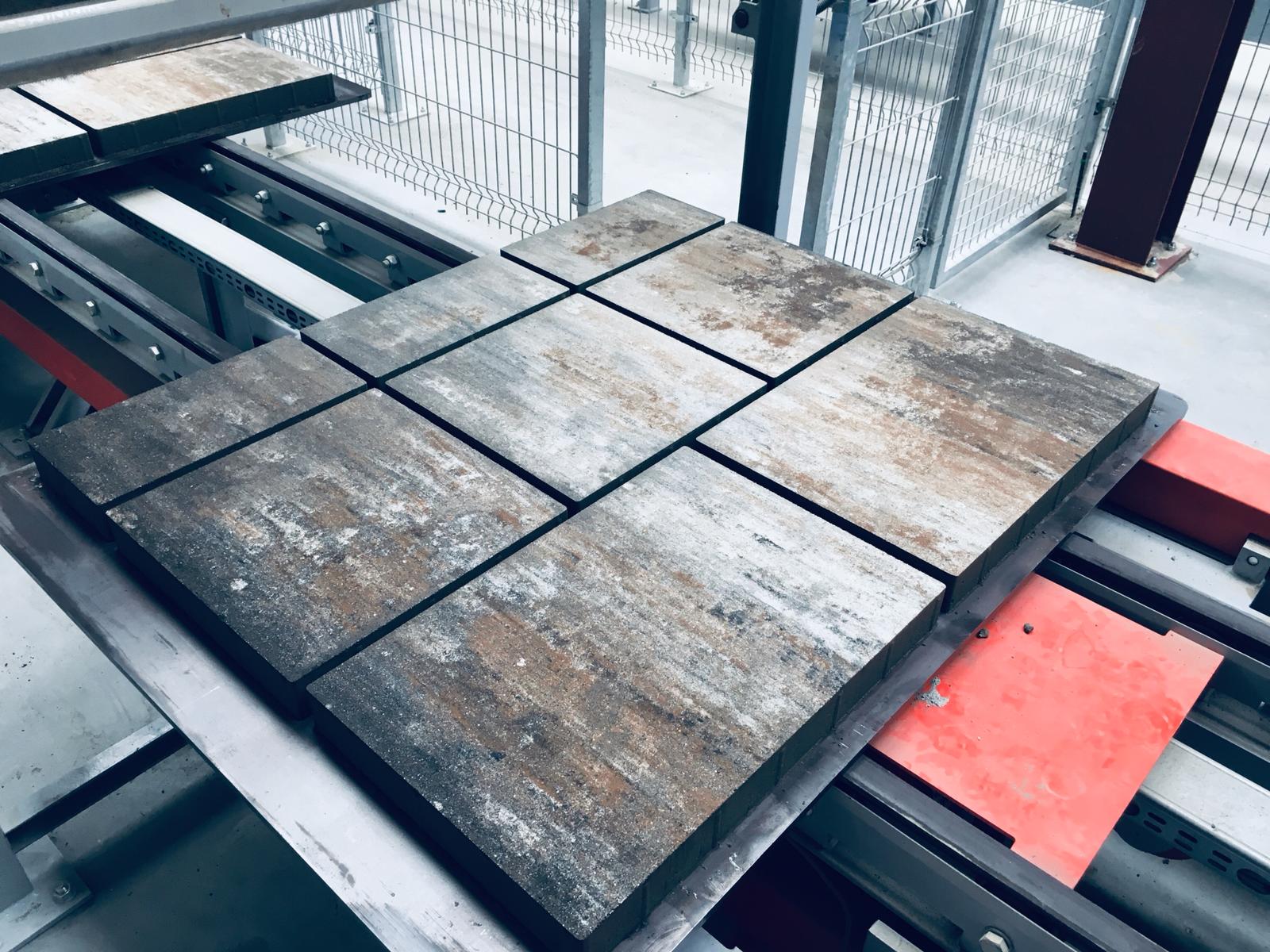
Large paving slabs have become a quintessential trend in contemporary garden design. Their sleek appearance and versatility make them highly sought after by both homeowners and architects alike. However, the production of patio slabs with mélanges, or multi-color blends, presents a significant challenge for manufacturers. The intricate process requires precision and innovation to achieve the desired aesthetics without compromising quality.
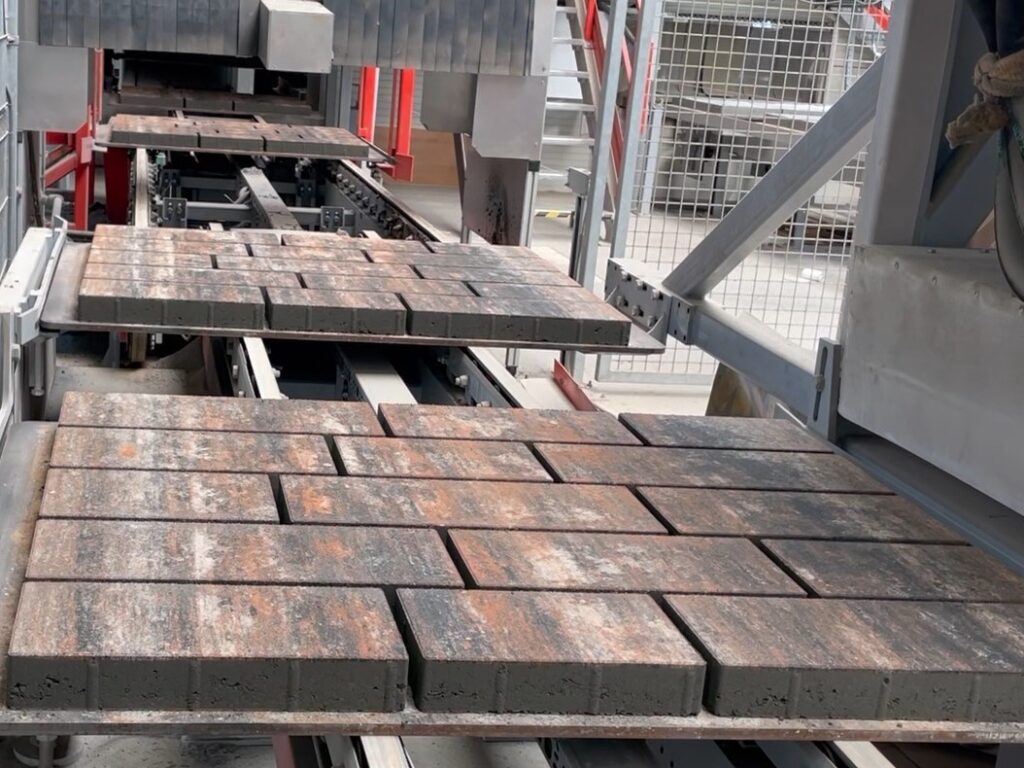
The allure of multi-colored surfaces has long captivated designers and consumers alike. The quest for nuanced shades and textures reminiscent of natural stone has been a driving force in the concrete product manufacturing industry. Yet, achieving this effect without sacrificing consistency has proven to be no small feat.

Traditionally, the production of multi-colored blocks and colormix slabs involved batch-by-batch feeding of different pigmented mixes into the face mix hopper. While this method allowed for some degree of control, it often resulted in unwanted color blending or inconsistencies in the final product. As a result, manufacturers faced significant waste and inefficiency, with numerous cycles yielding improperly blended or rejected products.
To address these challenges, manufacturers have turned to innovative solutions such as the Techmatik production lines featuring SPM/SPMW planetary mixers. These state-of-the-art machines are specifically designed for the precise preparation of various types of dry and wet mixtures, including those required for multi-color paving slabs.

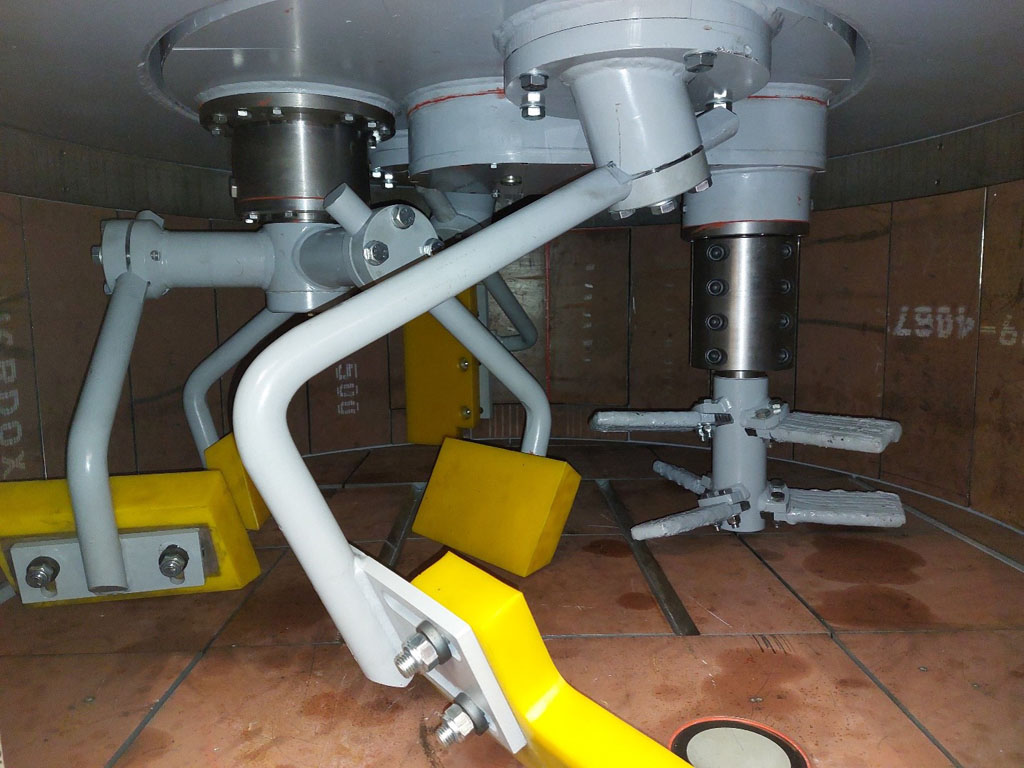
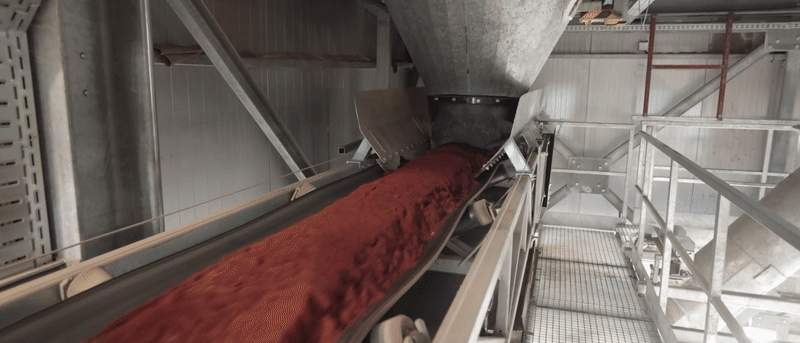
The mixing process, meticulously measured at IAB accredited laboratories in Germany, ensures optimal color blending and homogeneity. Customer feedback has been overwhelmingly positive, with reports indicating waste reduction of up to 90% when utilizing high-speed agitators. The amount of savings when using a planetary mixer with a high-speed mixer can be calculated using a calculator: Return on Investment SPMW
This remarkable achievement is attributed to several key factors:
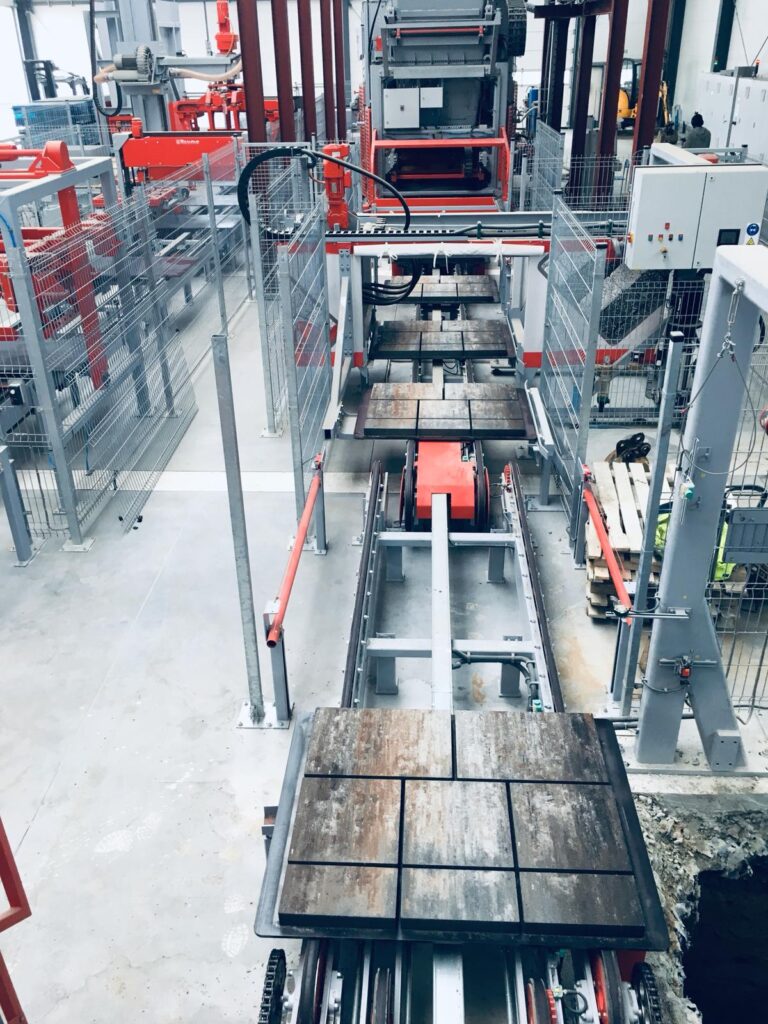
In conclusion, mastering the production of multi-color paving slabs requires a combination of innovation, precision, and state-of-the-art technology. By leveraging advanced equipment such as Techmatik's planetary mixers with high-speed agitators, manufacturers can meet the growing demand for these high-margin products while minimizing waste and maximizing efficiency. With careful attention to detail and a commitment to excellence, the possibilities for creative expression in garden design are limitless.